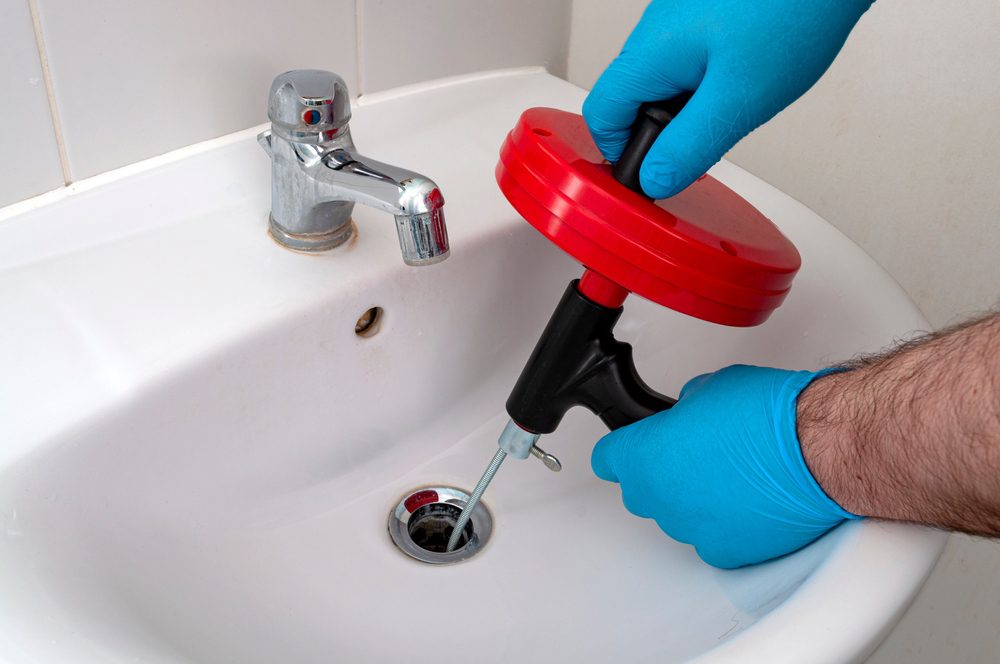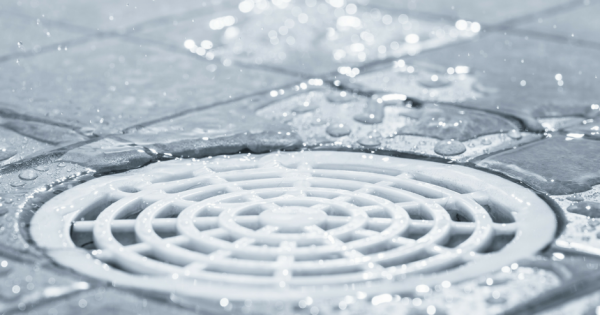Techniques for Unclogging a Blocked Drain Before Consulting Plumbing Professionals
Techniques for Unclogging a Blocked Drain Before Consulting Plumbing Professionals
Blog Article
What're your opinions on 8 Tips For Clearing A Blocked Drain?

Introduction
Dealing with an obstructed drain can be an irritating experience, disrupting everyday tasks and possibly creating damage to your home. Nonetheless, before reaching out to plumbing professionals, there are actions you can require to attend to the problem on your own. In this overview, we'll check out DIY options and safety nets to take on a blocked drainpipe properly.
Determining the Concern
The initial step in attending to an obstructed drain is recognizing the indicators. Slow-moving drainage, gurgling sounds, foul odors rising from drains, or water backing up prevail indicators of a blocked drain. Determining these signs early can assist stop even more issues.
Usual Reasons For Obstructed Drainpipes
Recognizing the elements that contribute to drain pipes blockages is crucial for reliable resolution. Typical culprits include hair, soap scum, grease, food debris, and international objects like sanitary products or paper towels. Tree origins invading underground pipes can likewise cause significant clogs.
DIY Solutions
For minor blockages, numerous do it yourself services can be efficient. Pouring boiling water down the drain can assist liquify grease and debris. Sodium bicarbonate and vinegar or a combination of salt and cooking soft drink can serve as natural cleansers. Making use of a bettor or plumbing snake to remove obstructions is an additional choice.
Tools and Devices
Having the right tools handy can make DIY drain cleansing more reliable. A plunger is a versatile device for clearing obstructions in sinks, toilets, and showers. A plumbing snake or auger can get to deeper obstructions, while drain cleansing chemicals can be used cautiously for persistent blockages.
Preventive Measures
To stay clear of future obstructions, adopting preventive measures is essential. Install drain guards or strainers to capture hair and debris before they enter the pipelines. Consistently flush drains pipes with warm water to liquify oil accumulation, and avoid taking care of oil or solid waste down the drain.
When to Call an Expert
While DIY solutions can resolve small obstructions, certain signs indicate the requirement for expert support. Consistent obstructions, foul odors regardless of cleansing initiatives, or several drains pipes backing up all at once are warnings that necessitate professional intervention.
Picking the Right Pipes Service
When selecting a pipes service, think about aspects such as experience, licensing, and consumer testimonials. Choose a reliable plumbing with a record of high quality handiwork and clear prices practices.
Price Considerations
The price of specialist drainpipe cleaning services can vary depending on the intensity of the blockage and the plumbing's rates. Demand quotes from numerous companies and ask about any kind of additional charges to guarantee transparency and prevent surprises.
Safety Precautions
When attempting DIY drainpipe cleansing, prioritize safety. Wear safety handwear covers and eyeglasses to prevent contact with harmful chemicals or microorganisms. Never ever mix various drain cleansing items, as this can generate harmful fumes.
Case Researches
Real-life examples illustrate the effectiveness of do it yourself remedies and the relevance of prompt professional treatment in solving drainpipe blockages.
Final thought
By adhering to the suggestions laid out in this guide, you can efficiently deal with blocked drains and protect against future pipes issues. Whether going with DIY options or looking for professional support, timely activity is key to preserving a healthy and balanced pipes system and preserving the honesty of your home.
WHAT I LEARNED FROM TRYING TO DEAL WITH A CLOGGED DRAIN
We have had our share of seepages and other annoying things that are part of living, especially in an apartment complex. And if there’s one thing that’s terrifying for a homeowner—or even someone in a rented home—it is a clogged drain, indoors or outdoors.
We enjoy our living space, but it’s simply a fact of life that dead skin, soap and a host of other items go down the drain; eventually, the residue builds up and prevents anything from moving. Ugh.
Not Calling A Professional
Of course, it might seem simple to just whip the pipe off under the sink and see if you can unblock it. Unfortunately, what if the blockage isn’t there, or you don’t reconnect it properly? Worse, you might break a piece and have no drainage system. Can you imagine that scene? Yuck!
Not Watching Your Waste
This will sound d’uh, but the best tip I can give you for drain cleaning is to avoid clogging the drain in the first place! You can do this by monitoring what goes down the drain and catching the items which are most likely to give you a problem. Invariably hair, vegetable peels, and large wads of toilet paper are the most obvious culprits. Add a filter—these are available in hardware stores and can be removed and cleaned easily.
Poking The Drain
The first urge with a clogged drain is to poke at it with a stick or anything that resembles a stick. Sadly, this does not result in magically solving the issue. The mental image is, naturally, one of the stick just pushing through the offending item and all is well again. Reality is quite different and unpleasant and likely to lead to further problems.
The thing is, every drain has a series of bends that are not visible to us. Drains are built this way to prevent gases from entering the house. What happens when you poke a stick into the drain? Of course, it can’t bend around the corner. The more adventurous people will use force and end up wedging the stick or causing it to break off in the pipe—creating an even bigger issue. Worst thing? The stick will shift the block further down the pipe, creating the space for more to collect. Go ahead! Roll your eyes!
Using The Wrong Plunger
You know what they say: the right tool for the right job! Did you know there are different types of plungers besides the basic one we keep at home for an emergency? Yes, there are. For example, the toilet plunger has a bell-shaped bottom while the sink plunger is flat. This is an important difference and using the wrong plunger will be useless. There’s also a knack in using plungers—they must be placed in such a way that they create an airtight seal and then, moved slowly up and down—not as fast as we imagine.
https://vidyasury.com/2018/01/learned-trying-deal-clogged-drain.html

I was shown that editorial about Tips for Dealing with Clogged Drains and Sewer Lines through someone on our other website. Kindly pause to share this content if you liked it. I treasure your readership.
Website Report this page